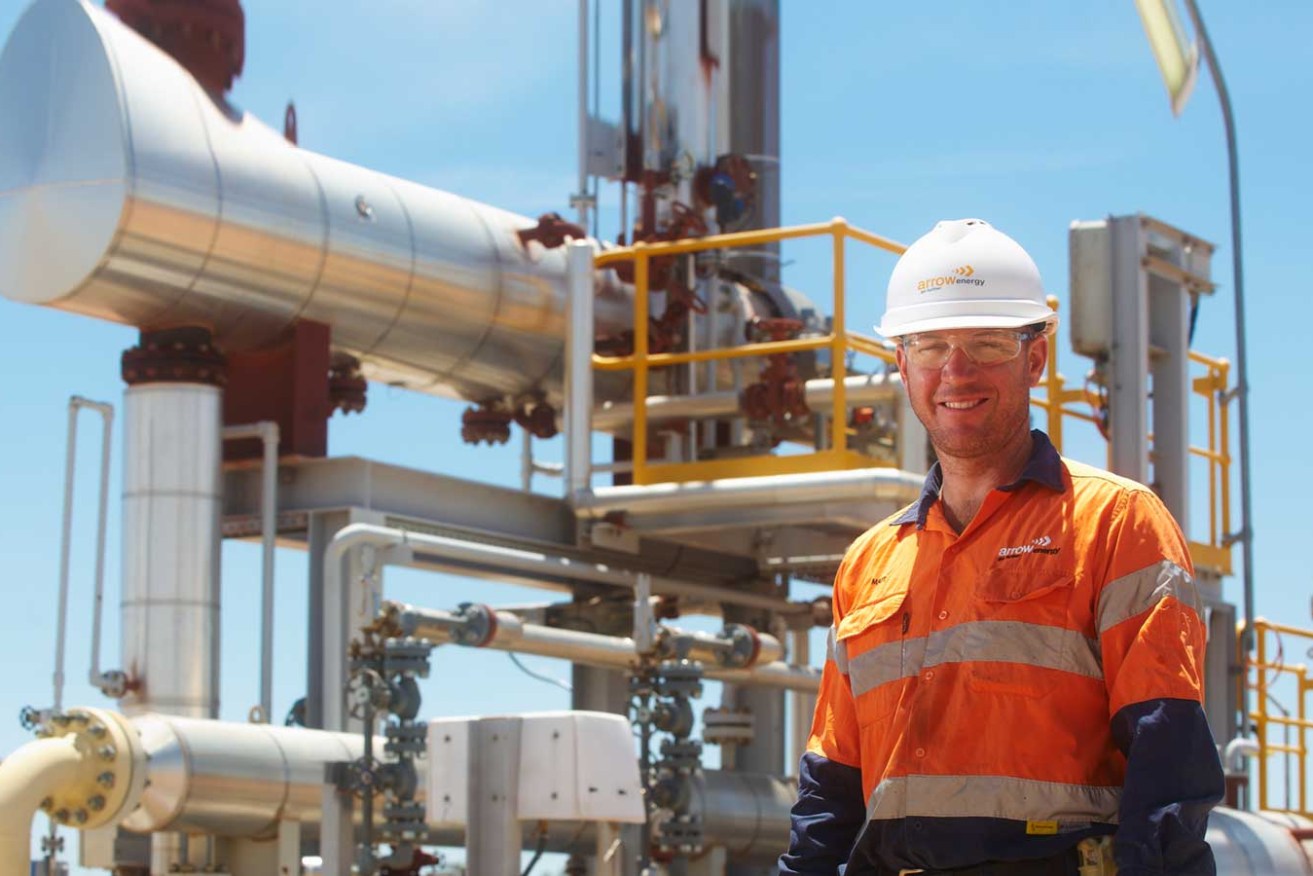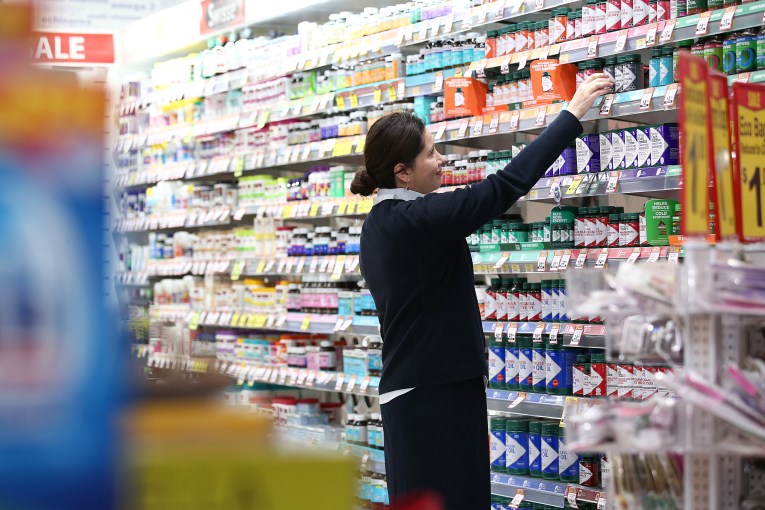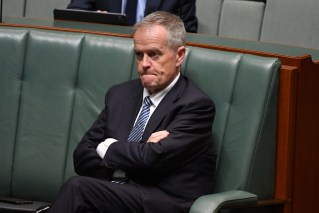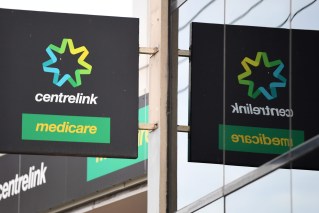Super profits tax in pipeline as State slaps new royalty scheme on gas producers
Queensland’s gas industry will be controlled by a new royalty regime that will use a “super profits tax” that is more likely to hit LNG producers.


The gas industry has been accused of not paying promsied taxes
The new system, which will come into effect in October, will also impose royalties at different tiers that will provide incentives to direct the gas to domestic markets where forecasts are predicting a significant shortage in a few years.
The current system imposes the royalty on the value of gas at the wellhead whereas the new system will be volume-based with different rates applying at price levels, similar to coal royalties.
The Queensland Resources Council has backed the new process but criticised the five-year term, because of the reduced certainty while producer Senex has given it whole-hearted support and congratulated the Government.
The new royalty system will mean LNG producers will pay a higher rate because the prices they receive are higher than gas sent to the domestic market and the regime will be in place for only five years, sparking criticism from the industry, which wants 10 years.
While the new system does not have broad support, one of the major producers, QGC, also pushed back strongly against any move to impose a higher overall royalty rate.
Another LNG producer, APLNG, said the new model would be a disadvantage to higher-cost resource extraction and acted as a disincentive to development and exploration for any producers and fields that face a higher marginal cost of production. It said it would “likely defer development for many years permanently impacting investment, jobs, and reducing gas production’’.
Santos and GLNG do not support APLNG’s claims.
The Government said its intention was not to increase its revenue but to provide a level playing field and to get rid of inequities where some producers were not paying an appropriate rate.
However, a report done on the royalty models by former South Australian premier Jay Weatherill found volume method adopted by the Government would generate about $90 million more a year, a figure based on significantly higher oil prices at the time the report was written.
The Government will produce its own forecasts on revenue in the September financial statement.
“It is common ground that the existing petroleum royalty regime lacks transparency, is complex and inequitable and that Queenslanders are entitled to receive a fair return for the right to extract their valuable non-renewable resources,” the Weatherill report said.
Treasurer and Minister for Infrastructure and Planning Cameron Dick said that the new volume-based model would support affordable supply for domestic customers, appropriate returns for Queenslanders and fairness for gas producers.
“Queensland’s gas industry continues to do the heavy lifting in supplying the gas for domestic markets in eastern states, while also meeting the needs of international customers,” the Treasurer said.
“This review has been crucial in ensuring that oil and gas companies are treated fairly, and that Queenslanders receive their fair share of royalties from this important industry.
“The model is transparent, equitable, administratively simpler and locked in for five years.
“Importantly, the new model supports the Palaszczuk Government’s commitment to create more jobs in more industries.
The volume-based model will see royalties calculated on the volume of gas produced and will include a sliding rate scale and producers’ sales revenue.
The Government also announced another 1500 sq km of southwest Queensland gas country would be opened up in response to explorers.












